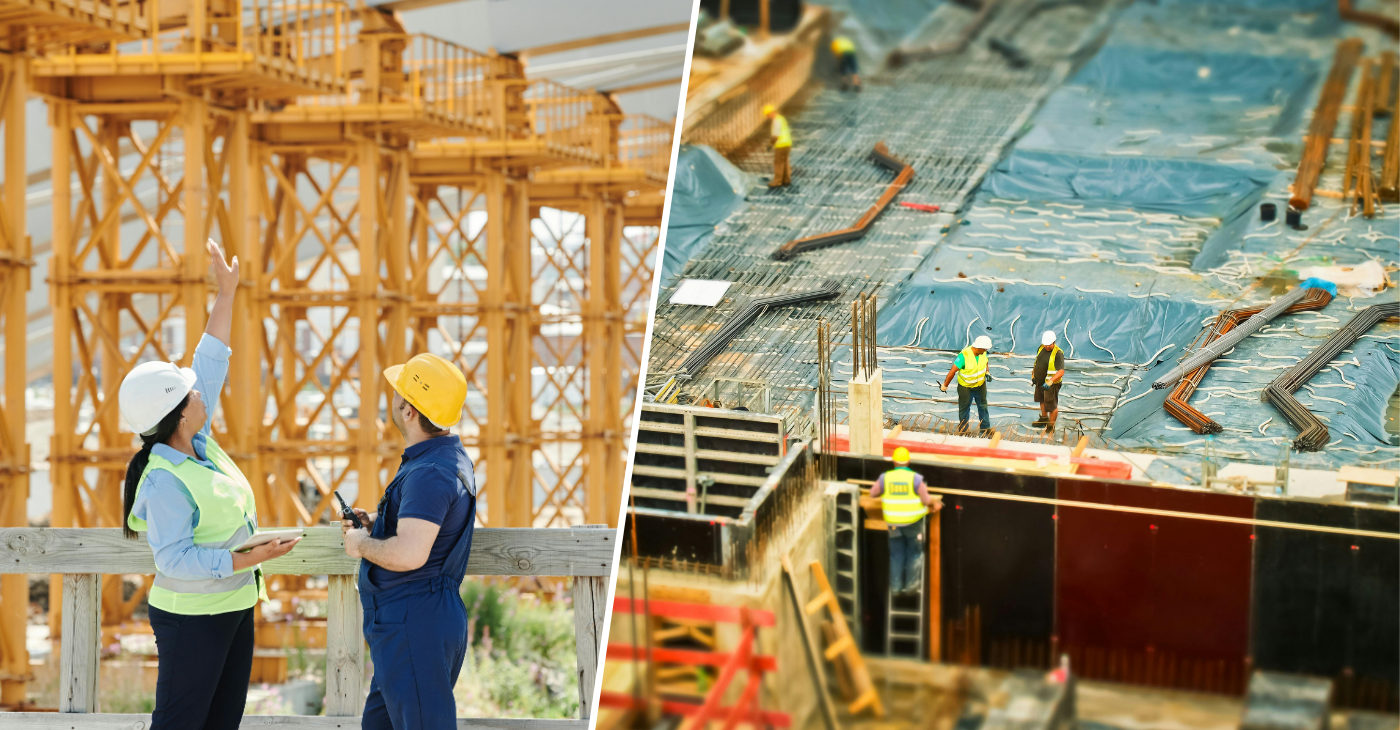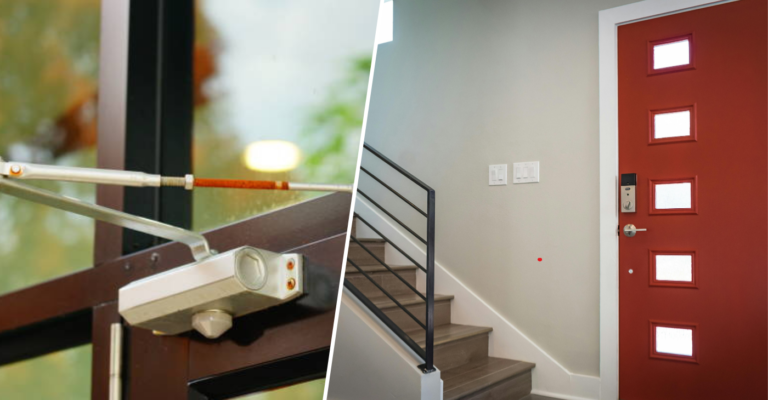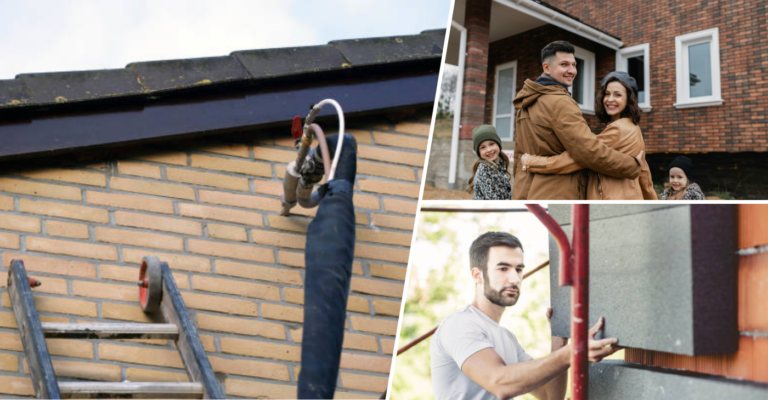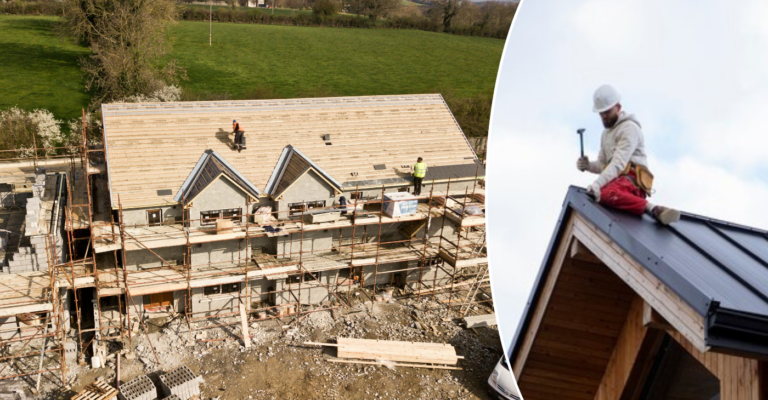What is building information modeling? Guide on BIM
What is building information modeling? BIM is a new approach in the construction industry for work in the management and creation of digital representations of physical and functional features of buildings. Unlike 2D drafting, BIM provides a 3D model with well-embedded data on every aspect of the building’s design and construction. This technology shall allow better collaboration amongst architects, engineers, contractors, and facility managers to see to it that projects are coordinated and delivered with much effectiveness.
It supports the total building lifecycle from design and documentation, through construction, building operation, and maintenance. The idea of building information modeling allows for a better view, coordination, and efficiency on the issue of building development hence reducing errors, cutting costs, and increasing speed in the construction process. With regard to these, BIM aids in sustainable building practice since it facilitates energy analysis and environmental assessment.
How does the BIM process work?
The process of BIM typically starts with the design development or schematic design phase, in which the architects and designers brainstorm the initial 3D model. This is executed to document the architectural vision and overall makeup of the building. During the design process, other experts, such as structural engineers, MEP (Mechanical, Electrical, Plumbing) engineers, and contractors, contribute their detailed models to the model. This team-based approach enables all aspects of the building to be incorporated into a single integrated model.
Most importantly, BIM is a tool that permits the model building techniques to be managed and updated in real time. During the design and building process, with the making of changes, the model gets updated. This updating capability ensures that all stakeholders are working from current information to minimize errors and miscommunication.
What is building information modeling? It’s essential for quality control and assurance in the construction industry. The BIM model becomes very vital for planning and coordination. The contractors are thus able to use the model to create a sequence of activities pertaining to construction, prepare for resourcing requirements for those activities, and look for possible conflicts before they arise at the site. For example, through the features of detecting clashes in the BIM model, it would be possible to identify problems in which the duct work will interfere with the beams supporting it, which means such issues can be resolved before then.
The BIM model also allows the section for quality control and quality assurance. It enables accurate documentation with tracking of construction progress to ensure that the project is developed according to the design and specifications and in compliance with regulatory requirements. It also allows the model to simulate some scenarios, such as energy performance or structural integrity, through which one can understand how the building would react to certain conditions.
The importance of building information modeling today
What is building information modeling? BIM has emerged as a critical tool in the modern construction industry, revolutionizing the way buildings are designed, constructed, and managed. Its importance stems from several key factors that address longstanding challenges and inefficiencies in traditional construction practices.
Better visualization and communication using BIM
When BIM is used for building projects, the final documentation allows all involved parties to have a view of 3D models of even the most complicated projects, such that the design intention and spatial relationships become clear. BIM provides better clarity over any visual communication between architects, engineers, contractors, and clients due to the shared vision of the project expectations or goals.
Improved coordination and collaboration
Construction in this age involves several specialists and trades; proper coordination is of the utmost importance. BIM increases the level of collaboration among all stakeholders through the creation of a centralized platform where everyone can contribute their expertise and coordinate their efforts in real-time. The integration of stakeholders through this platform is done with the aim of minimizing errors, reducing conflicts, and ensuring project workflows are streamlined from design through to construction and facility management.
Efficiency and cost saving
BIM means business efficiency through optimized design iterations and streamlining of construction sequencing to minimize reworks. BIM identifies problematic issues and helps to decide on a solution by simulating the construction processes and therefore anything at all can be spotted at an early stage before it gets out of hand. This eventually eliminates delays in a project and also reduces costs to a great deal. Additionally, the materials and resources contained in the digital model can be quantitatively measured, hence providing the basis for budgeting and estimation of its cost, making more informed financial decisions.
Sustainability and lifecycle management
What is building information modeling? It supports sustainable building practice through energy analysis and environmental appraisal. Within the construction industry, the issue of sustainability is giving way to increased priority on construction projects. BIM tool helps to incorporate sustainability initiatives by allowing energy analysis, environmental impact assessment, and life cycle assessment. Designers can evaluate the environmental impact of various building materials and systems by using energy performance simulations in reducing energy consumption and minimize environmental effects over the lifecycle of the building.
Regulatory compliance and risk management
Building codes and regulations are strict. The ability of BIM to integrate regulatory requirements from the very start, within the digital model, therefore assures that possible delays due to non-compliance are reduced and projects are assured in terms of safety and resilience.
Future readiness and innovation
As technology develops, so does BIM. Its association with Artificial Intelligence, machine learning, and the Internet of Things will promise further advanced capabilities in the fields of data analytics, predictive modeling, and smart management of buildings. This would make BIM prepared for the future not only as a tool for ongoing projects but as an integrative platform for continued innovation and improvement in the construction industry.
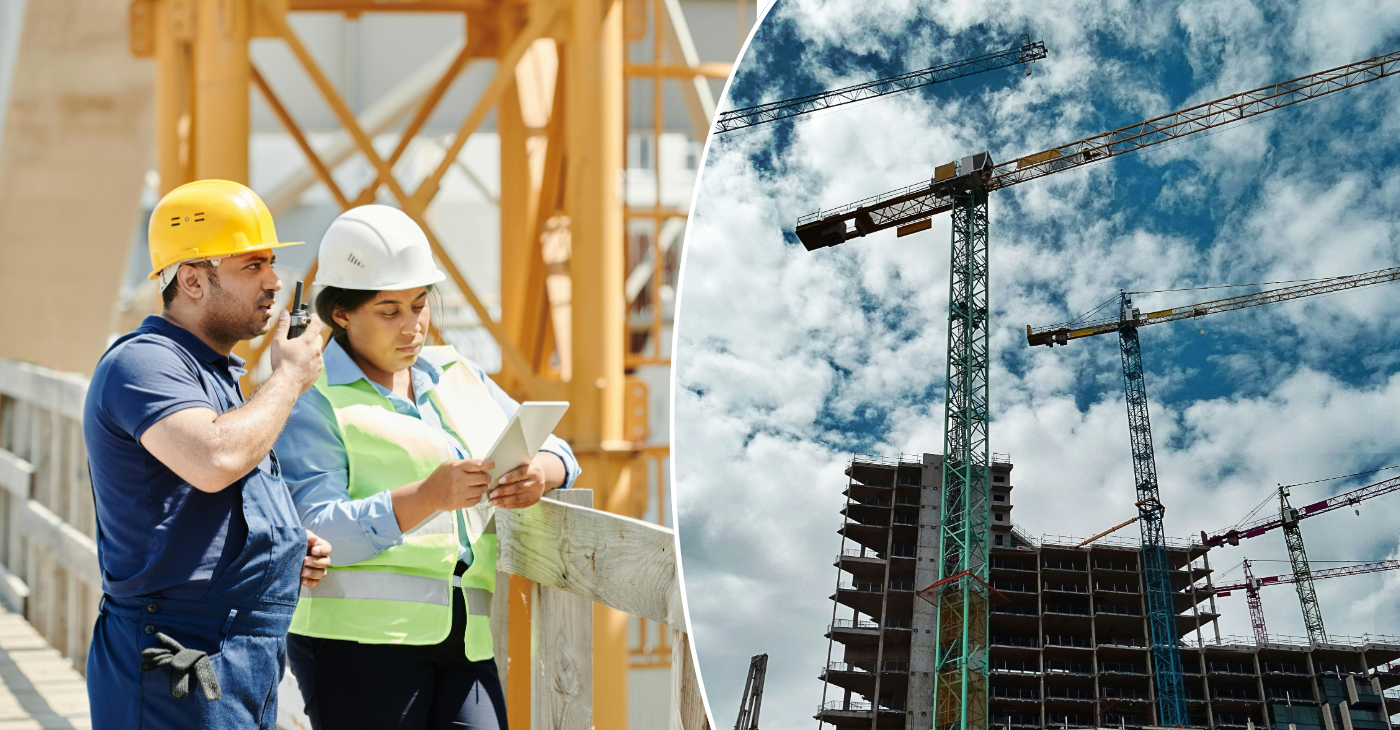
The future of Building Information Modeling (BIM)
Building Information Modeling or (BIM) is set to keep evolving and changing the future of the construction industry in several transformative ways:
Tying up with emerging technologies – BIM will tie up increasingly with the number of emerging technologies, like Artificial Intelligence, Machine Learning, Virtual Reality, and Internet of Things. AI and ML algorithms will make BIM systems more robust in analyzing complex data sets, optimizing designs, and predicting outcomes of projects and automating routine tasks. VR technology will allow immersive virtual experiences for design reviews, stakeholder presentations, and training simulations for more collaborative and decisively supported processes. IoT devices will keep collecting real-time data on building performance, ensuring proactive maintenance and operational efficiencies.
Enhanced sustainability – The role of BIM in advancing sustainable building practices is quite pivotal. With energy performance simulation, lifecycle assessment, and material optimization, BIM helps designers to create a more energy-efficient and environmentally friendly climate-resilient built environment. This will allow building performance to be analyzed comprehensively for a wide range of environmental conditions and incorporate sustainable decisions into its design concept all the way to the operation and retrofit stages.
Cloud-based collaboration – Moving towards BIM platforms on the cloud makes it easier for stakeholders to collaborate without location restrictions. Cloud computing will enable access to BIM models for the real-time workflow integration of architects, engineers, contractors, and facility managers working on one single project. Real-time access to BIM models makes the decision-making process even more efficient, and it is possible to deliver quickly at a cost reduced by giving enhanced results in communication and project workflow management.
Digital twins and smart cities – BIM’s evolution in helping to create digital twins of physical buildings or infrastructure will serve to make cities smarter and drive more efficient urban development. Real-time insights on the performance of the building, traffic flow, energy use, and environmental conditions will be provided through the digital twin. Such an approach, data-driven in nature, should help city planners and policymakers exercise wise decisions on investment in infrastructure, resource management, and initiatives in general pertaining to urban sustainability. This will ensure that BIM is integrated with smart city technologies.
Global standardization and interoperability – Due to the increase in adaptation of BIM around the world, emphasis will shift to global standardization and interoperability among different platforms of BIM software and between BIM and various other disciplines. Common data standards, protocols, and guidelines should be worked on by industry organizations and government agencies if easy data exchange and collaborative work across nations are to be ensured. This development of standards will encourage efficiency, reduce project risks, and increase scalability within BIM implementation across the globe.
Education and skills development – Also, education and skills development for professionals in the construction sector to remain effective users of technologies that drive BIM. Educational programs and training initiatives will emphasize not only technical proficiency in BIM software but also collaborative skills, data management, and understanding of industry best practices. The competitive necessity to remain abreast of technologies in the construction industry will require continuous learning and adaptation.
How BIM is connected to IoT and advanced analytics
What is building information modeling? It is more and more interoperated with emerging technologies like the internet of things and advanced analytics that change the way of buildings’ creation, design, and operation.
IoT integration
Building embedded IoT devices gather real-time data concerning various parameters like temperature, humidity, occupancy levels, and energy use. This data can then be injected into the BIM model, thereby enriching it with the right insights concerning the performance and operational efficiency of the building. For example, HVAC systems are embedded with sensors that monitor energy use patterns so that BIM can optimize heating or cooling schedules based on the use data that has been retrieved.
Enhanced data analytics
BIM integration with advanced analytics provides in-depth insights and prediction capabilities. Leveraging the history of project data and data coming from IoT sensors, BIM is capable of predicting maintenance needs, energy consumption trends, and simulating various operational scenarios. Such predictive modeling becomes essential in order to provide stakeholders with the appropriate insights to make optimized decisions on building performance, providing low operational costs and improved occupant comfort.
Smart building management
With BIM, IoT, and advanced analytics, new strategies for smart building management are all possible. BIM is the virtual replica of a physical building, constantly updated with real-time data collected by IoT sensors. Facility managers can keep watch over the conditions in the building remotely and use the digital twin to diagnose problems and schedule proactive maintenance tasks. Predictive analytics will provide them advanced warning of probable equipment failures, optimizing downtime reduction and extending asset lifespan.
Building lifecycle optimization
BIM, embedded with IoT and advanced analytics, optimizes the performance of the buildings and ensures their sustainability from design to construction and operation to maintenance. It is possible for designers to use data-driven insights to inform building layouts in a bid to maximize energy use efficiency and promote user comfort. Through the Internet of Things and integrated BIM models, real-time progress and quality assessment of the construction site can be used to ensure there are no lags in the project timeline. The facility managers use the IoT data for preventive maintenance strategies and optimize the operation of the buildings.
Future prospects
With advancements in IoT and analytics technologies, they will be integrated into BIM. With the use of AI and machine learning algorithms, it would become possible for BIM to analyze patterns in the data, suggest a strategy for optimization, and change building operations in real-time. This convergence of the technologies makes BIM one vital tool in developing smart and responsive buildings that can weather the tests of the digital era.

Building information modeling means regulations and standards is better enforced
Building Information Modeling has a major role in enforcing all regulations and standards right from the design phase until the facility is operational. Here is how the maintenance of regulations and standards is improved:
Integration of regulatory requirements – Designers and engineers can easily integrate regulatory requirements into the digital model with the aid of BIM. Embedding building codes, safety regulations, environmental standards, and zoning requirements in the BIM model would assure that from the beginning, everything was being designed and built up according to all rules and regulations. This proactive approach reduces the chances of non-compliance issues during inspections and approvals.
Updates in real-time and compliance tracking – The BIM model keeps on updating with real-time data as the project progresses. This includes changes in design, material specifications, construction methodologies, and compliance documentation. As BIM provides a more accurate and current digital record of all information related to the project, it easily allows stakeholders to be able to track the status of compliance across the construction phase. This ensures any deficiency against the regulatory measures that act as a safeguard for controlling the deviations from the required measures.
Facilitating regulatory reviews and approvals – The BIM serves in simplifying the steps involved in the regulatory review process through the provision of information details and visualizing tools and aids. The model is accessible to the regulatory offices for use in an assessment of design plans, simulations, and compliance reports clearly and with structure. This improves the level of communication between project teams and regulators, reduces the time taken for approval, and minimizes the chances of miscommunication or conflict regarding regulatory compliance.
Improved safety and risk management –The compliance of building codes and standards is a critical requirement in ensuring safety and robustness in the built facilities. BIM is designed to simulate and analyze structural integrity, fire safety, accessibility, and many more safety parameters to identify potential risks at an early design stage. By using the virtual inspection and risk assessment capabilities of the BIM environment, stakeholders may have the opportunity to take timely action on safety aspects and introduce the precautions for at-risk mitigation before even initiating the actual construction process.
Documentation and audit trail – BIM provides a platform for comprehensive documentation of all data and decisions that were made over the whole lifecycle of a project. It forms a fully detailed digital audit trail of compliance activities, design changes, approvals from the statutory authorities, and milestones in construction. It enables post-construction auditing and inspections so facility managers can continue demonstrating compliance throughout the operation and maintenance period.
Conclusion to what BIM or Building Information Modeling is
What is building information modeling? That is a revolutionary methodology in the construction process. BIM is a game changer in the world of construction. It is a digital and integrated way of designing, building, and managing a building. BIM collaboration among all stakeholders through detailed data within 3D and 5D models, reducing errors and elevating efficiency in the process of creating any given building. The confluence of BIM with nascent technologies like IoT, AI, and advanced analytics further heightens its capability toward building smarter, more sustainable, future-ready buildings. BIM will further develop and offer revolution, regulation compliance, and a new level of construction practice to result in an efficient and resilient built environment.

